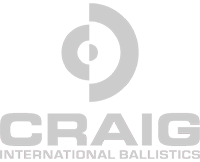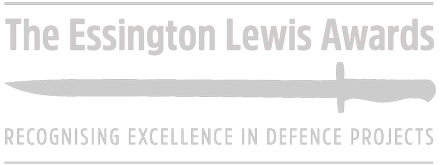FAQ
Frequently Asked Questions
As manufacturers of personal protection for frontline personnel, Craig International Ballistics offers a wide range of products.
Below are answers to some common questions about the selection and care of personal ballistic vests.
The vest will stop a bullet, but will its energy kill me?
If the bullet is at the threat level that the vest is designed to defeat, and the vest is properly made, then it will absorb the blunt trauma, dispersing it over a wide area. You will know that it has hit you, but you should not suffer any serious injury.
Which vest is best for me?
Firstly, using the NIJ Standard, decide on the level of protection you require.
Secondly, decide whether you need a covert, overt or tactical vest.
Lastly, decide on any options that you will need; strike plates, pockets, collar, decals, etc.
If I get shot, should I continue to wear the vest?
Some body armour manufacturers will provide you with a free replacement, in exchange for your story of events to help with their marketing.
What do I require to purchase a vest?
As body armour is also controlled at the Australian borders, International customers will need to provide us with an end-user certificate (EUC) so we can gain export approval. This approval takes approximately ten business days.
Can any Australian purchase body armour?
Not every Australian citizen can purchase body armour. Ballistic body armour is classed as a category E firearm under the Australian Firearms Act.
Anyone can apply for a permit, but generally only applicants who are members of a police service or the security industry are accepted. Australians wishing to use body armour domestically (within Australia) will need to apply through the appropriate departments.
How comfortable are your vests?
If we receive accurate measurements from you, we are confident we will make you a very comfortable, lightweight vest.
What ballistic material does CIB use in their ballistic vests?
We have a number of different ballistic protection solutions to suit a range of levels of protection.
Materials commonly used in our ballistic vest include Dupont Kevlar XP®, DSM Dyneema®, Honeywell Spectrashield® and Honeywell Goldshield®.
Will a covert vest stop a rifle bullet?
Normally a covert vest is made to a maximum NIJ Standard of Level IIIA, which does not provide protection against rifle fire.
Where such a threat exists, smaller strike plates can be temporarily fitted to the vest for short periods of time. With strike plates fitted, it is virtually impossible to conceal the appearance of the vest.
Will a vest only stop a single shot?
During testing, up to six shots are fired into the soft armour panel of the vest.
There is no doubt that each shot degrades the armour to some extent. It is usual for good quality armour to defeat all six shots, if they are spaced out in accordance to the NIJ standard.
It is possible that if a number of strikes are very close together, then penetration may occur.
How long does a vest last?
A vest will last quite a long time, when properly maintained.
Aramid (Kevlar®) and UHMWPE based vests generally have a service life of 5-7 years depending on the body armour manufacturer and most importantly the amount of use and how well the vest is looked after.
It is likely that after 5 years technological improvements will provide improved levels of protection at the same or lesser weights. Read how to properly care for your new vest.
Explore the Possibilities
CONTACT US
Craig International Ballistics
+61 7 5563 1099
PO Box 3609 Helensvale Town Centre, Queensland 4212 Australia


